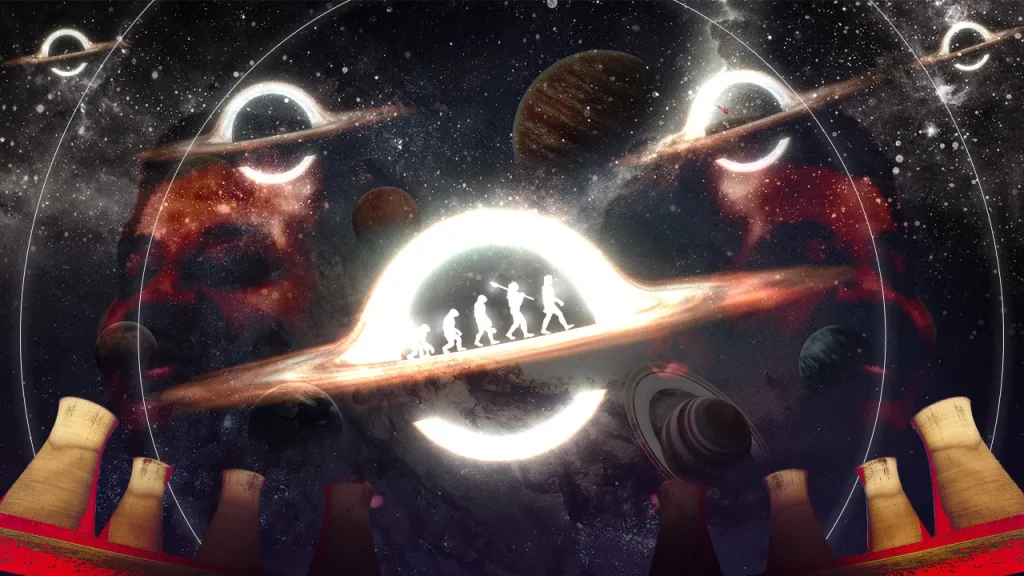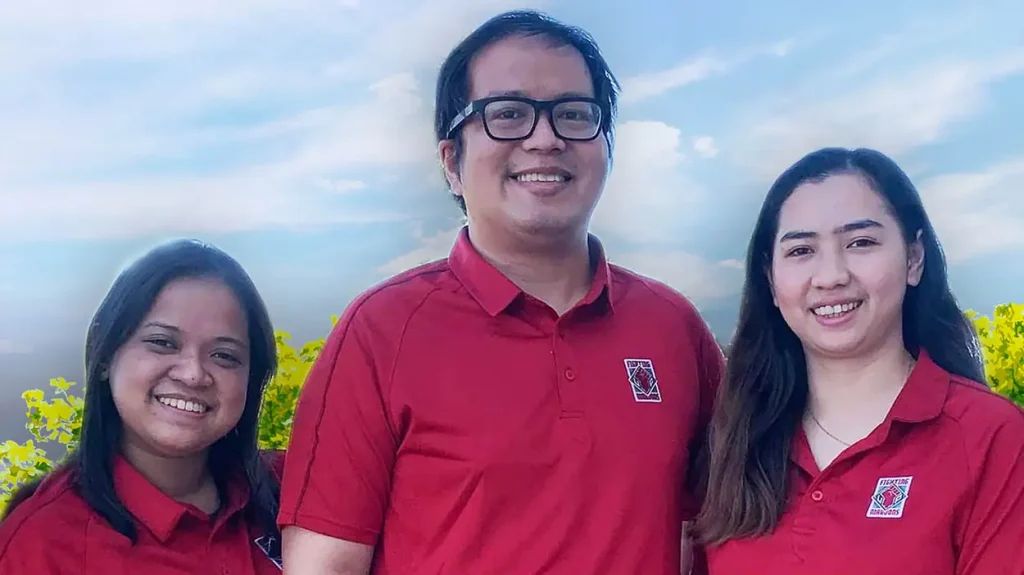Iya Gozum

It is the job of the UP-Diliman College of Science communications team to mine mountains of information from technical scientific papers and produce bite-size information digestible for public consumption
MANILA, Philippines – Science as a topic of discussion can be a real head scratcher. Writing about it, and parsing through technical scientific papers, can make any journalist break into a sweat.
As science and technology expand in a fast-changing world, there is a pressing need to communicate breakthroughs. But there is a gap because communication is left far behind by the bullet-train speed of breakthroughs.
Among those pushing to narrow that gap is a science communication team based in the University of the Philippines-Diliman College of Science (UPD-CS).
The UPD-CS Science Communications team dissects the work of Filipino scientists and researchers, digs the angle that they think would pique the readers’ interest, and breaks down the technicalities of scientific papers for ordinary people to understand. It’s like they mine this mountain of data and produce bite-size information digestible for public consumption.
It is a lean team, headed by science journalist TJ Dimacali, and includes a pair of senior science communicators – Eunice Jean Patron and Maria Asheidee Masayon, and one graphic designer Genesis Anne Mercado.
While the work of making the public understand dark quantum matter, the origins of humanity, or algorithms that make sense of an ancient writing system are downright daunting, the team sees their inability to comprehend as the first step towards effective storytelling.
“One thing that we tried to keep in mind is that that [failure to comprehend] can also be a strength because we’re in the same shoes as the public we’re trying to reach out to,” Dimacali told Rappler in an interview.
“If there are things that we don’t understand, most likely the public doesn’t understand that too,” he added. “And if we’re able to condense it into words that we’re comfortable using, [when] we can wrap our heads around it, then it’s likely the public will understand it too.”
Storytelling is a two-way street
The science communication team is housed in the College of Science Administration Building, smack in the middle of the university’s National Science Complex and surrounded by the institutes of chemistry, biology, mathematics, geology, marine science, and molecular biology and biotechnology.
This is one of the strengths of their team, Dimacali said. Working within the college affords them immediate access to journals, related literature, scientific papers, and the scientists themselves. It makes doing their homework easier.
The team monitors new studies that come out and vets research they can storify. Sometimes, scientists themselves approach them to make space for their research. They interview the scientists involved and the dialogue continues with them as they write the story.
Afterwards, they show the full draft for the scientists to check. They then publish online and send the press information to media outfits. The team also explores making social media posts, and even videos, although this is something they are still experimenting with.

Aren’t there worries that laymanizing stories would dilute the science?
“You can’t info dump the public,” said Dimacali. But also, he said, they don’t blame scientists for feeling anxious over attempts to simplify their research.
“Almost all of them are PhDs. So they spent years studying these things…. And then suddenly condensing all of these into five minutes or a 500-word article,” said Dimacali. “Parang ang hirap ‘di ba?” (It’s hard, right?)
They remind scientists that a press release is just part of a bigger and ongoing initiative to communicate science to Filipinos.
It’s a two-way street between scientists and the communicators, where ideas are exchanged, the main story pinned down, and the language refined. But there is still a long way to go. In other countries, science communication is more developed because media practitioners grew alongside science, said Dimacali.
For example, the United States boasts many popular science magazines. The first issue of the famous yellow-bordered publication National Geographic was published back in the late 19th century.
It was around this time when a vaccine against rabies was invented, the world’s first coal-fired power plant was built, and electromagnetic waves were detected by German physicist Heinrich Hertz.
Wired to tell stories
“I like to think of science as the story of humanity,” Dimacali said. “It is the collective story of all of us. And we are built to tell and to understand stories.”
In the age of multimedia, there are more ways to tell science stories and ideas that do not necessarily pander to a crowd.
Pop culture has been an effective platform. Marvel Comics and its movie adaptations, for example, borrow scientific concepts to develop their plots and characters.
In one instance, American astrophysicist Neil deGrasse Tyson, a known advocate of science literacy, tried to explain the science behind 2019 superhero film Avengers: Endgame. Tyson talked about the concept of the rare metallic ore vibranium found in fictional African nation Wakanda, or the ever-returning shield of Captain America.
More recently, animated film Spider-man: Across the Spiderverse explored the concept of multiple universes or the “multiverse.” This is a concept that acclaimed film Everything Everywhere All At Once also tried to tie in with an immigrant narrative and the dynamics of a strained mother-daughter relationship.
Pop culture has provided an easy way “to get ideas that people are familiar with…and then guide them towards the scientific explanations behind them,” said Dimacali.
For the UPD-CS Science Communication team, they try to relate scientific concepts with Filipino pop culture.
One example is their story written by Patron enumerating the possible scientific explanations behind famous Filipino folklore stories.
But they are also cautious to note that using Western science’s lens is just one way to explain local practices and that “modern science doesn’t always necessarily have to debunk folk beliefs.”
Another story was about the ongoing research on tracing genetic ancestry in Metro Manila, linking the research’s difficulty to wars that ravaged Manila and the ghosts left behind.
“We can think of the lost genetic variation as the ghosts of the people we lost,” research leader Frederick Delfin was quoted in the story.
Science communication needs creativity to thrive and engage the public. Speculative fiction writer Ursula K. Le Guin once said that her fiction doesn’t predict the future, but rather describes contemporary life including science and technology.
Le Guin believed these descriptions, aided by imagination, shine light to certain truths. – Rappler.com
Source: https://www.rappler.com/science/writing-about-science-telling-humanity-collective-story/
